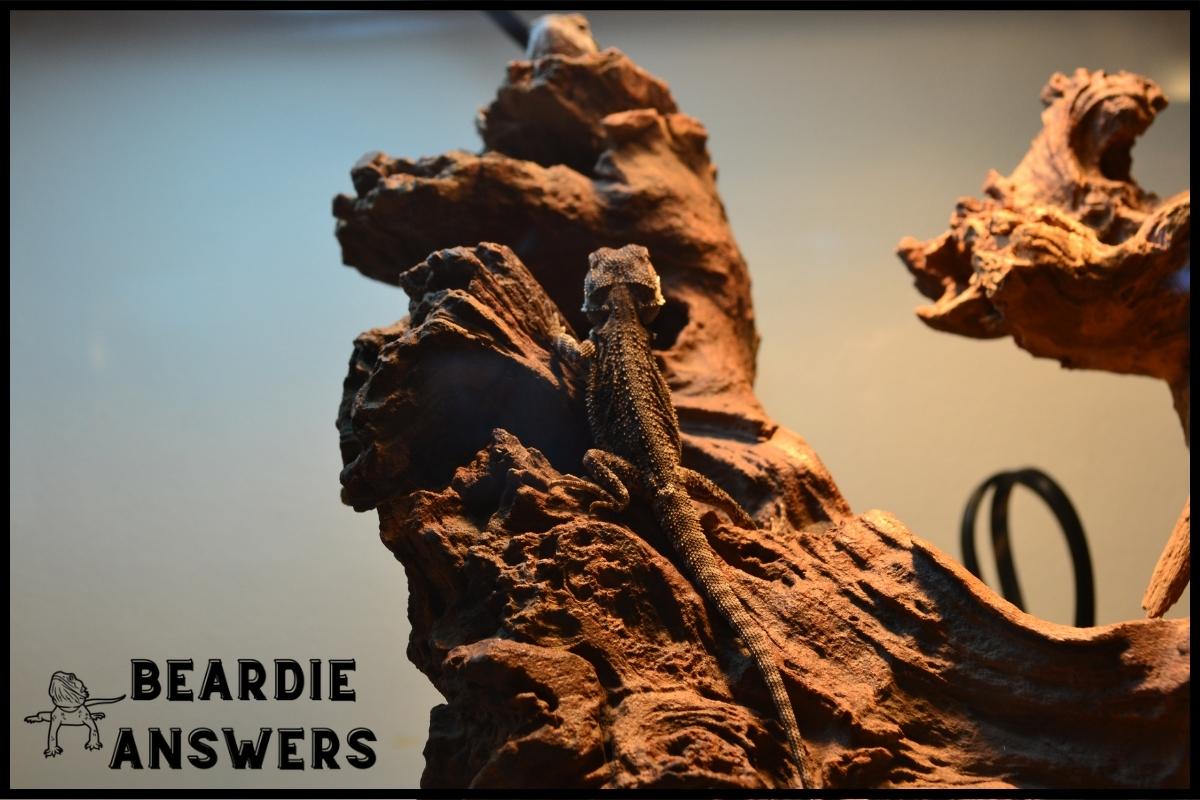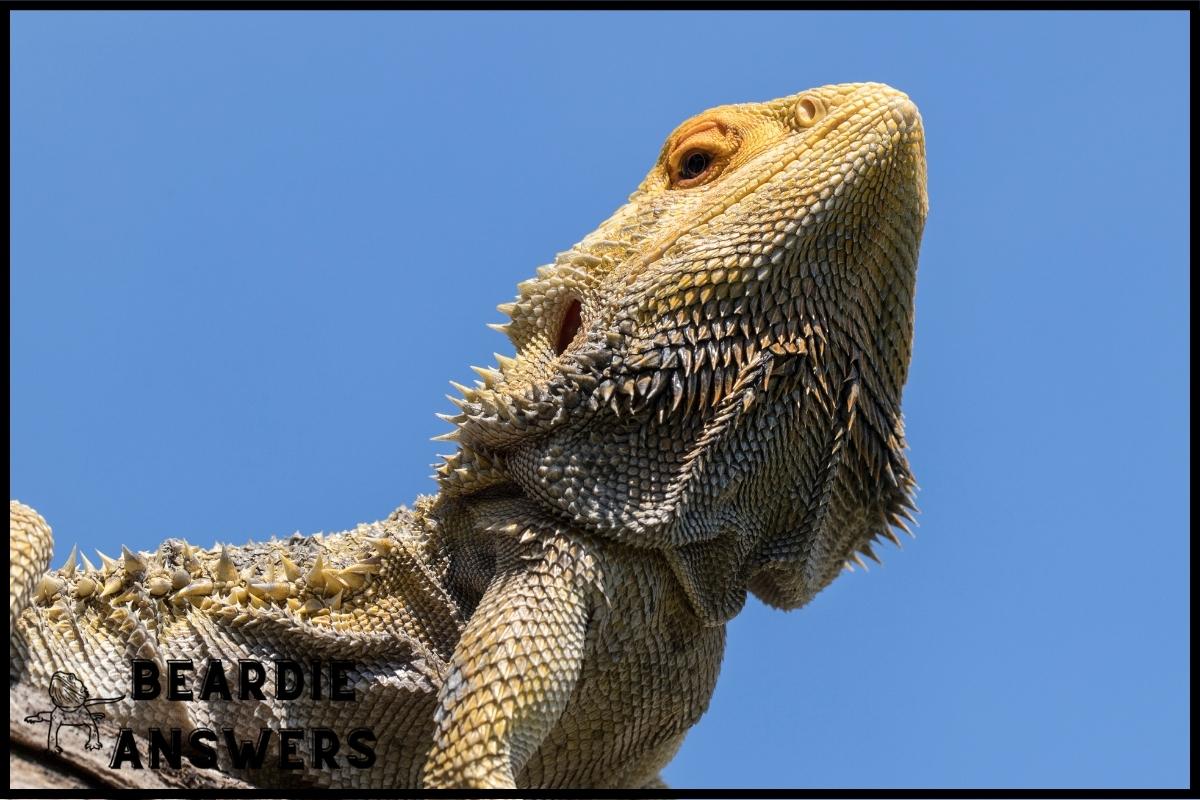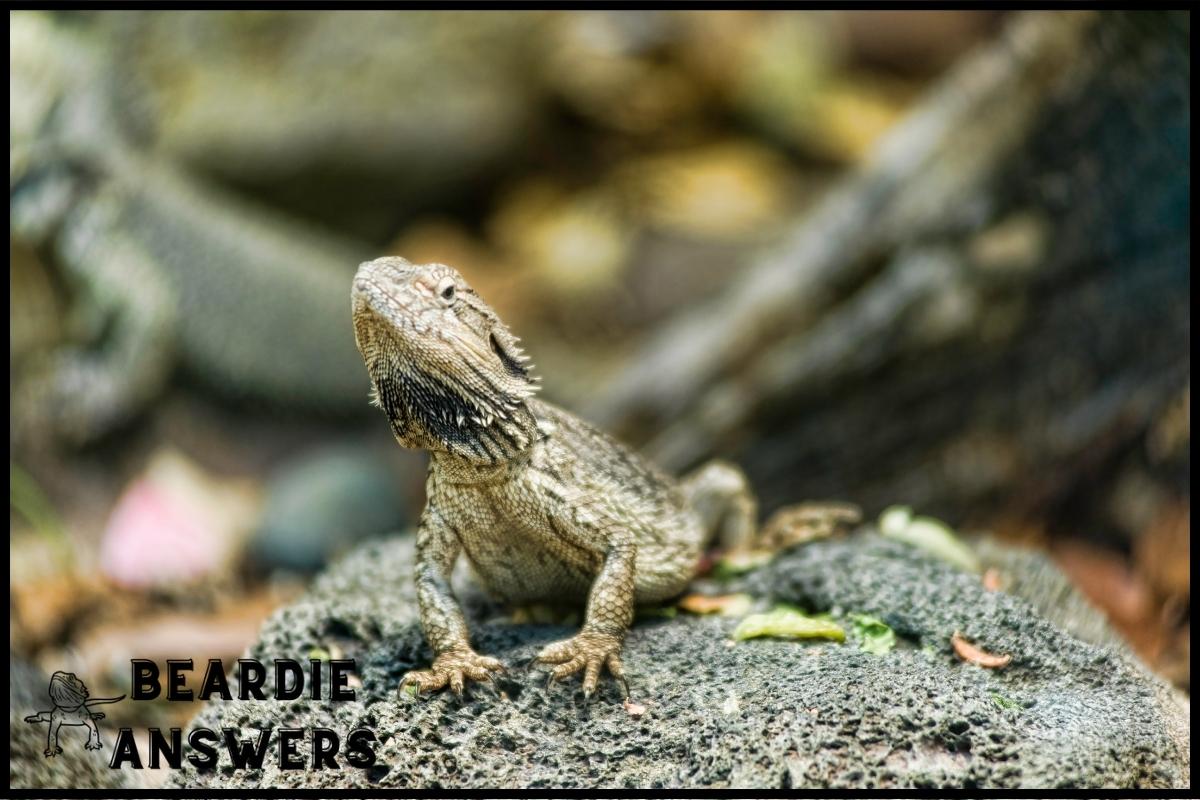[su_note note_color=”#eee”]
Quick Answer:
Bearded dragons should not be housed together as they can become territorial and aggressive towards each other. Even if two dragons seem to get along initially, they may become competitive for resources like food and basking spots, leading to fights and injuries. It’s essential to provide each dragon with their own enclosure that meets their specific needs in terms of heating, lighting, and space.[/su_note]
Bearded dragons are a popular pet among reptile enthusiasts. They have unique personalities and can make great companions, but it’s important to know the rules for caring for them properly.
One of these rules is whether or not bearded dragons should be housed together. Unfortunately, the answer isn’t as simple as ‘yes’ or ‘no.’ In this article, we’ll discuss why bearded dragons shouldn’t be kept together in order to keep both animals safe and healthy.
It’s common knowledge that some reptiles act aggressively towards each other when they’re living in close quarters. This behavior is especially true with bearded dragons; if two males are put into the same enclosure, they may become territorial and aggressive with one another.
Therefore, it’s best to separate male and female bearded dragons unless you plan on breeding them – even then, you must still observe their behaviors carefully at all times!
What You'll Learn
Socialization
The species overview provided a comprehensive look into the unique and interesting characteristics of bearded dragons. Now, we will shift our focus to socialization and how it is important for their wellbeing.
Proper socialization can make all the difference in terms of group dynamics, environment enrichment, positive reinforcement, and stress reduction.
It’s important to understand that although they may live together harmoniously, these lizards are not naturally inclined toward living in groups or pairs – meaning that some form of intervention on behalf of the caretaker should be considered when housing two or more together.
Without proper management, there’s always a risk that territorial behaviors might arise between them which could cause physical harm or even death.
Therefore, before making any decisions about housing multiple beardies together, one must first take the time to assess if they’d benefit from this kind of arrangement.
Territorial Behaviors
Bearded dragons can express territorial behaviors in various ways. Introduction behaviors, scent marking, habitat selection and basking spots are all common methods they use to protect their territory. Additionally, visual signals such as head bobbing or arm waving may also be used to indicate dominance within the space.
These signs of possession include:
Introduction Behaviors:
- Posturing with raised arms or tail
- Infrequent body jerks
Scent Marking:
- Rubbing against objects
- Urinating on surfaces
Habitat Selection:
- Finding a hidden spot for sleeping
- Claiming special rocks or plants as their own
Basking Spots:
- Lying in specific areas more often than others
- Refusing to share the same area with other dragons
The combination of these behaviors is how bearded dragons establish themselves as the most dominant individual in an environment. Without taking action to stop it, this behavior can lead to aggression between two or more individuals housed together.
Aggression
When one considers the pairing dynamics of bearded dragons, it is important to be mindful of the possibility for aggression. Though not always the case, when two dragons live together in an environment with limited space and resources, territorial behavior can arise. This is especially true if both are male or have similar coloring that could lead to confusion.
Environmental stress due to overcrowding as well as diet considerations and enclosure size should also be taken into account when housing multiple dragons together. Temperature regulation too plays a role, as fluctuations in temperature can cause increased levels of anxiety which may promote aggressive tendencies between them.
In order for dragon cohabitation to proceed smoothly, all these factors must be considered prior to introducing any potential roommates. It is essential that their living quarters provide plenty of spaces for retreat from each other; safe hiding places where they can escape any unwanted attention from others.
Additionally, careful monitoring of their interactions over time will help ensure that no harm comes to either party involved and that everyone remains content in their shared dwelling!
Housing Requirements
When housing bearded dragons, there are several important considerations to keep in mind. The size of the habitat and enclosure design should be appropriate for the number of lizards being housed together. Additionally, it is important to provide adequate space for them to hide away when they feel threatened or stressed out.
| Requirement | Consideration |
|---|---|
| Habitat Size | Appropriate for number of lizards |
| Enclosure Design | Adequate hiding spaces |
| Diet Considerations | Provide nutrients & greens |
| Temperature Control | Hot side 85F-105F; cool side 75F-85F |
| Lighting Requirements | UVB/UVA light source 10 hours per day |
It is also essential to ensure that a balanced diet is provided with proper nutrition and sources of green leafy vegetables such as collard greens, mustard greens, turnip greens, etc., so their nutritional needs are met.
Furthermore, temperature control must be monitored closely by providing a hot side between 85°F-105°F and cool side between 75°F-85°F which can be achieved through an under tank heater on one end and unheated ceramic heat emitter on the other end.
Lastly, lighting requirements must also be addressed by providing UVA/UVB light source 10 hours every day either through natural sunlight or artificial bulb like fluorescent tube lights or mercury vapor bulbs.
With all these factors taken into account, this provides us with understanding about what it takes if bearded dragons are going to live happily in captivity. Now we can move onto exploring alternatives to co-habitation.
Alternatives To Co-Habitation
Housing a single bearded dragon can be just as rewarding and enjoyable as having multiple, with some distinct advantages. Living alone is the most natural state for these reptiles, allowing them to engage in solitary activities and meet their space needs without conflict from other dragons.
When designing the cage for your pet, it’s important to take into account its specific diet requirements and provide plenty of space for exercise or basking. With adequate lighting and temperature regulation, there are many ways to ensure that your singular companion stays healthy and active.
When selecting enrichment items such as climbing branches, hammocks, caves, rocks or toys; consider the size of your dragon since they need room to move around comfortably while engaging in various behaviors like burrowing and head bobbing.
Providing one-on-one attention also allows you to observe any changes in behavior which could indicate stress or illness more quickly than if housing multiple Dragons together. Bonding with your Dragon through interactive playtime reinforces trust between owner and pet while providing mental stimulation – both essential components of keeping them happy and contented in their solitary living environment.
Conclusion
In conclusion, bearded dragons should not be housed together as it can lead to territorial and aggressive behavior. While these lizards are social creatures that enjoy being around each other in the wild, they must have their own space when living with humans. Providing ample space for your dragon is essential if you want them to live a happy and healthy life.
For those of us who’d still like our dragons to form some sort of bond, there are plenty of alternatives. Taking them out for supervised walks or engaging in interactive playtime will allow your lizard friends to get to know one another without having to share a home.
You’ll also create memories that will last much longer than any fight over territory! At the end of the day, it’s important to remember that we need to prioritize our pet’s safety above all else – no matter how cute they look cuddling up together!
With proper care and attention paid to their specific needs, our scaly companions can continue living harmoniously side by side.

Hi! My name is Bryan, I am the “one behind the words” here are BeardieAnswers.com. I believe that providing quality care and nutrition is the best way to ensure the health of your pet. Every beardie is special and deserves the best care and attention. If you have questions about your bearded dragon, please don’t hesitate to ask! View My Full Author Page




